Results 1 to 10 of 33
Hybrid View
-
05-16-2021, 10:03 AM #1
 Ludwig van Beethoven’s Straight Razor and Honing Stone
Ludwig van Beethoven’s Straight Razor and Honing Stone
Born December 1770, Ludwig van Beethoven grew up in the german city of Bonn and lived there until the age of 22, when he moved to Vienna.
His Birthplace, the house Bonngasse 20, still exists and is set up as a museum to document the life and work of Ludwig van Beethoven. Beside exceptional pieces from his activities as composer and musician also objects from his everyday life are shown.
And among these artifacts you will find his razor and honing stone.
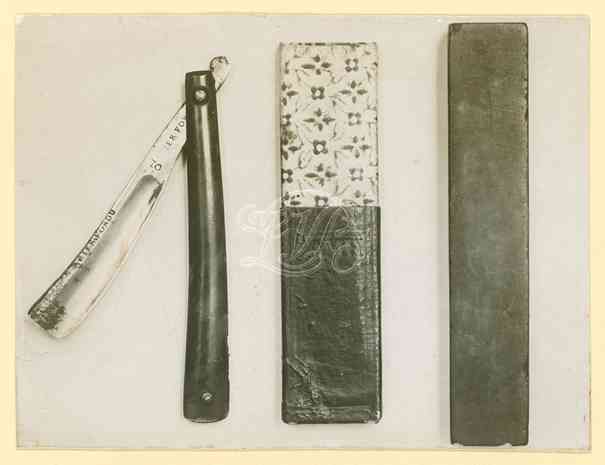
Source: Beethoven-Haus Bonn
https://www.beethoven.de/sixcms/deta...dokid/bi:i3596
So the razor is a typical Sheffield style razor from the late 18th century. You can read Acier Fondu on the tang as well as on the side of the spine. The scales are made from tortoise shell.
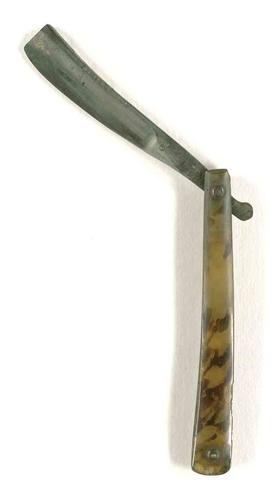
https://www.beethoven.de/sixcms/deta...dokid/bi:i3231
On the tang you can also identify an O and L and an undistinct symbol above the Letters. So according to Lummus/ Old Sheffield Razors the razor could be most probably a John Sheppard of Sheffield. Sheppard made razors with the brandmark WOLF from which you can see only the O and L left on Beethovens razor. Above the letters WOLF there was a crown stamped and this is maybe what you can also identify with some phantasy on Beethovens example. The production of John Sheppard razors and the useage of the term Acier Fondu – would date the razor somehow between 1772 and 1795.
There are several examples of Wolf Sheppard razors shown at SRP - i.e. here :
https://sharprazorpalace.com/custom-...l-restore.html
On the digital library of the Beethoven museum Bonn you can also find a picture of the razor case:
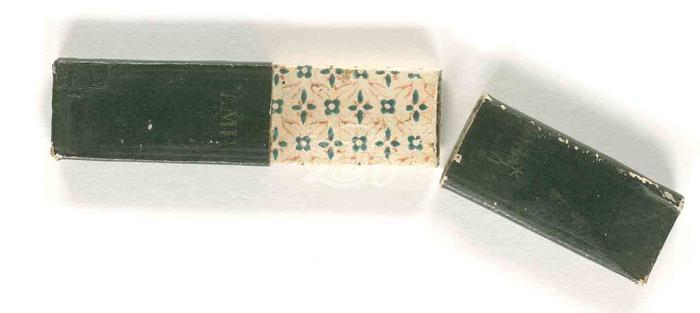
https://www.beethoven.de/sixcms/deta...dokid/bi:i4110
On the Case you see the letters AMH and a symbol in two pieces that reminds on a spur - if seen together. Think I have seen that before but could not recall where and to which company that belonged. Maybe someone can help. Isn’t necessarily the original case that fits to the razor.
On the first picture you can also see a honing stone. You will find some more detailed photos on the museum webside.
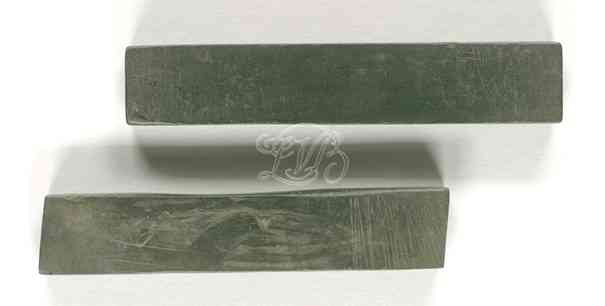
https://www.beethoven.de/sixcms/deta...okid/bi:i10051
The stone clearly looks like a slate hone and is widely used.
So I think we can assume with a certain probality that Ludwig van Beethoven shaved himself with a straight razor and that he also even honed his own razor!
On all the paintings and portraits of Beethoven present on the web, you will ever see a well shaved man and gentleman.
So I wish to thank the Beethoven-Haus Bonn for the permit to post the pictures of Beethovens artefacts here at SRP!
And for those here who are also lovers of the great masters in classic music and interested in their history – dive into the virtual exhibition at the Beethoven House here:
https://artsandculture.google.com/story/sgUxwaPfk1_wYw
and have a look at the single artefacts here:
https://www.beethoven.de/en
Regards Peter
-
The Following 22 Users Say Thank You to hatzicho For This Useful Post:
Badgister (05-16-2021), BobH (05-16-2021), Cangooner (05-17-2021), dimab (05-17-2021), DZEC (05-16-2021), Gasman (05-16-2021), jfk742 (05-16-2021), joelkerr (05-16-2021), Kees (05-16-2021), markbignosekelly (05-17-2021), MichaelS (05-16-2021), outback (05-16-2021), RezDog (05-16-2021), rolodave (05-16-2021), ScottGoodman (06-25-2021), sharptonn (05-16-2021), Skorpio58 (05-17-2021), Steve56 (05-16-2021), STF (05-16-2021), thebigspendur (06-22-2021), TristanLudlow (05-16-2021), Voidmonster (08-08-2021)
-
05-16-2021, 10:12 AM #2
-
05-16-2021, 12:04 PM #3

Thank you for sharing Peter. The exhibition website is excellent. Beethoven is my favourite composer.
Going to have listen to a bit of the old Ludwig Van while shaving my litso and gulliver with my Britva.
-
05-16-2021, 12:54 PM #4

Great information. What do you think: did he use a Thuringian?
Plus ça change, plus c'est la même chose. Jean-Baptiste Alphonse Karr.
-
05-16-2021, 01:07 PM #5
-
05-16-2021, 01:29 PM #6

Well of course I looked to the stone very careful. And it is surely slate. From the time frame that would also fit since the first quarry for Thuringian slate waterhones opend in 1808. And at the beginning the hones didn't had standard sizes.
Well they mention on their webside -in the description of the razor- that the stone is still stored in the museum safe – and that only one out of two is left. So there have been two stones and indeed the foto I shared doesn’t show one stone from both sides as I thought, but two stones from one side. So here is the other photo that shows the other side of both:
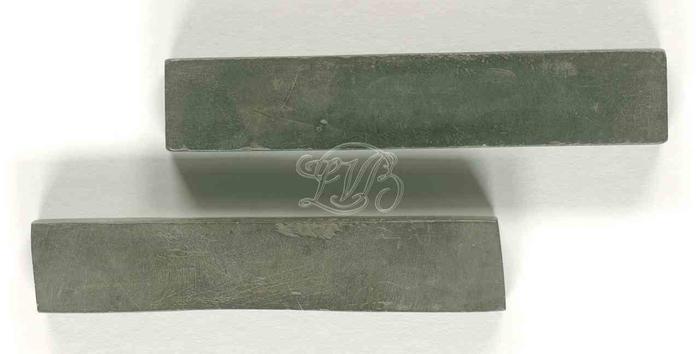
https://www.beethoven.de/sixcms/deta...okid/bi:i10051
Well maybe I should think about asking the people at the museum, if I can have a look at the stone personally. Maybe there is a possibility after Corona has gone. It is about one and a half our drive from my hometown though…….
Regards Peter
-
05-16-2021, 02:13 PM #7

As always Peter, awesome to read your post...i really like the History behind it
███▓▒░░.RAZORLOVESTONES.░░▒▓███
-
08-21-2021, 02:57 AM #8Senior Member


- Join Date
- Aug 2020
- Location
- Roseville, CA (30 minutes north of Sacramento)
- Posts
- 246
Thanked: 7
That was cool.
You can follow me on MeWe at "Wet Shaving Universe".


 82Likes
82Likes LinkBack URL
LinkBack URL About LinkBacks
About LinkBacks






 Reply With Quote
Reply With Quote

